A War For The Soul Of Humanity
As a child, I had always known that I would play a role in helping the Ukrainian people. And the same spirit that I felt as a child I still feel today. Among nearly two dozen grandchildren, I was the only grandchild who would sit and listen to my grandpa, Vasiliy Kirichenko, tell endless stories about his life experiences. His father, my great-grandfather, had been executed by the NKVD, the precursor to the Soviet-era KGB.
The Soviet government murdered my great-grandfather because of his Christian faith and refusal to bend to the will of communist officials. He had been captured during World War I and converted by German Protestants while he was a prisoner of war.
Before and after his conversion to pacifism, members of my Ukrainian family were forced to fight for the Russian Empire and the Soviet Union in such conflicts as the Russo-Japanese war of 1905, World War I, the Russo-Finnish war of 1939-40 and World War II.
My grandfather told me about the manmade Ukrainian famine of 1932-33 (the Holodomor ), in which the Soviet Union starved millions of Ukrainians to death. Scholars debate whether that amounted to genocide , but the case is strong that it was no mere byproduct of Soviet economic policy. Rather, the killing was inflicted in whole or in part in order to crush the Ukrainian countryside's opposition to Stalinist collectivization.
That was a resistance founded in Ukraine's desire for freedom, independence, and self-determination. The Holodomor, translated from Ukrainian, means“death by hunger.” The peak of this atrocity was in June 1933, when 28,000 Ukrainians were starving to death every day.
In addition to the widespread death toll within Ukraine, Soviet leaders in Moscow also deported millions of Ukrainians to Siberia and other far-flung corners of the empire. Many, particularly village leaders, simply disappeared into NKVD prisons, while countless others died in transit.
After killing off millions and deporting millions (including 180,000 Crimean Tatars ), Stalin used social engineering to repopulate eastern Ukraine and Crimea with ethnic Russians and other Soviet citizens who had no previous ties to the regions.
Finally, Stalin imposed a forced
assimilation
policy by promoting a new Soviet identity centered on Russian language and culture, further suppressing Ukrainian culture and identity. The Holodomor emptied the Ukrainian countryside, allowing Moscow to colonize Ukraine with more Russians, continuing imperialist policies begun under Catherine II centuries earlier.
Grandpa recounted to me that during the Holodomor a cart would come by nearly every day to pick up the people who had starved to death. If he helped load the corpses onto the cart, they would give him a slice of bread to eat.
Like his father during the previous world war, grandpa also was captured by the Germans. I listened to his experiences of being in a German camp during World War II. Once liberated by American soldiers, he had wanted to return to his family, even though he had the opportunity to emigrate to the United States.

Legal Disclaimer:
MENAFN provides the
information “as is” without warranty of any kind. We do not accept
any responsibility or liability for the accuracy, content, images,
videos, licenses, completeness, legality, or reliability of the information
contained in this article. If you have any complaints or copyright
issues related to this article, kindly contact the provider above.
Most popular stories
Market Research

- Invromining Expands AI Quant Infrastructure To Broaden Access To Digital Asset Strategies
- BTCC Summer Festival 2025 Unites Japan's Web3 Community
- Argentina Real Estate Market Size, Growth, Trends & Outlook 2033
- United States Animal Health Market Size, Industry Trends, Share, Growth And Report 2025-2033
- Fitness App Market Is Expected To Reach USD 18.16 Billion By 2033 At CAGR 22.51%
- Latin America Mobile Payment Market To Hit USD 1,688.0 Billion By 2033



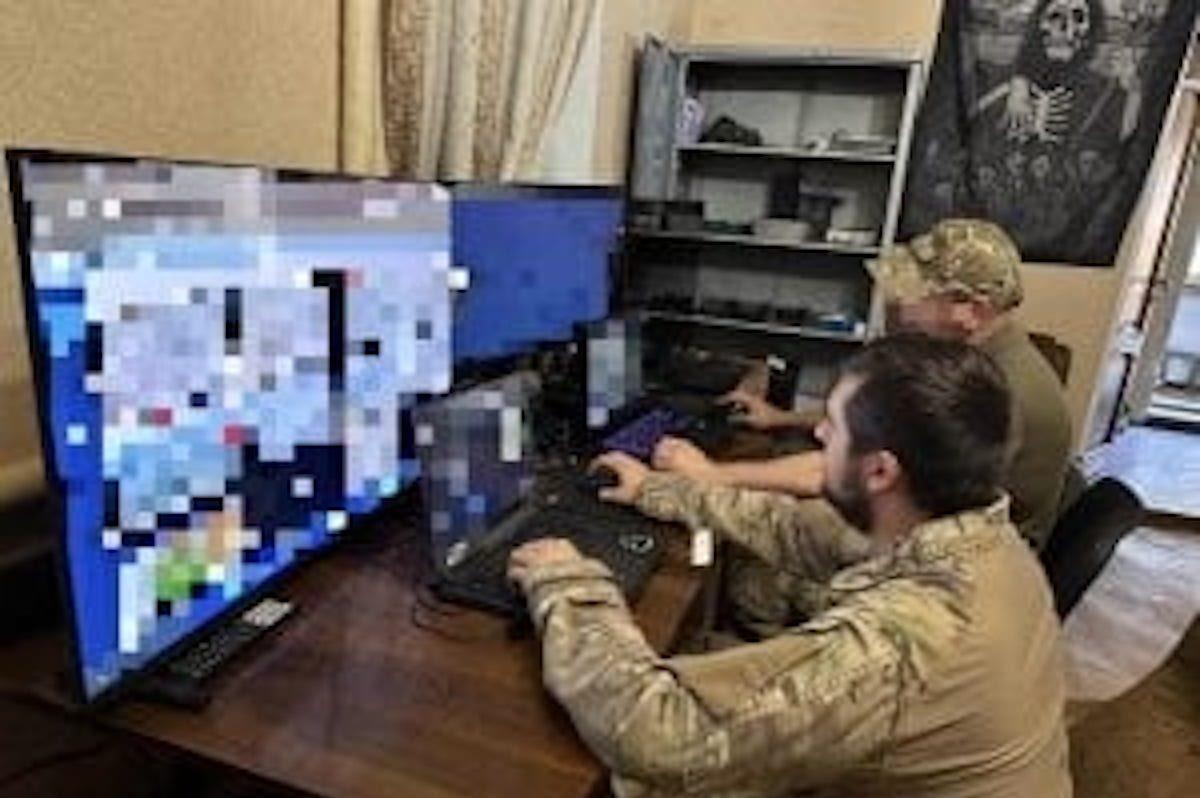
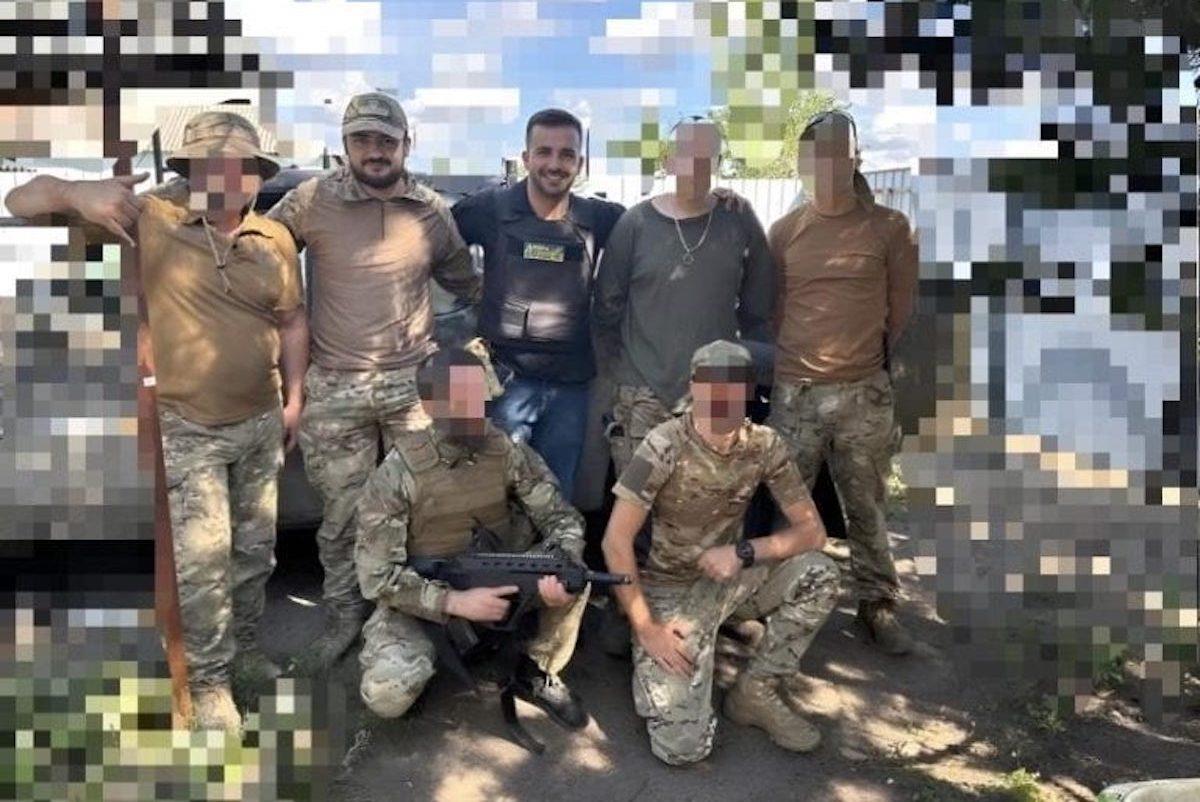

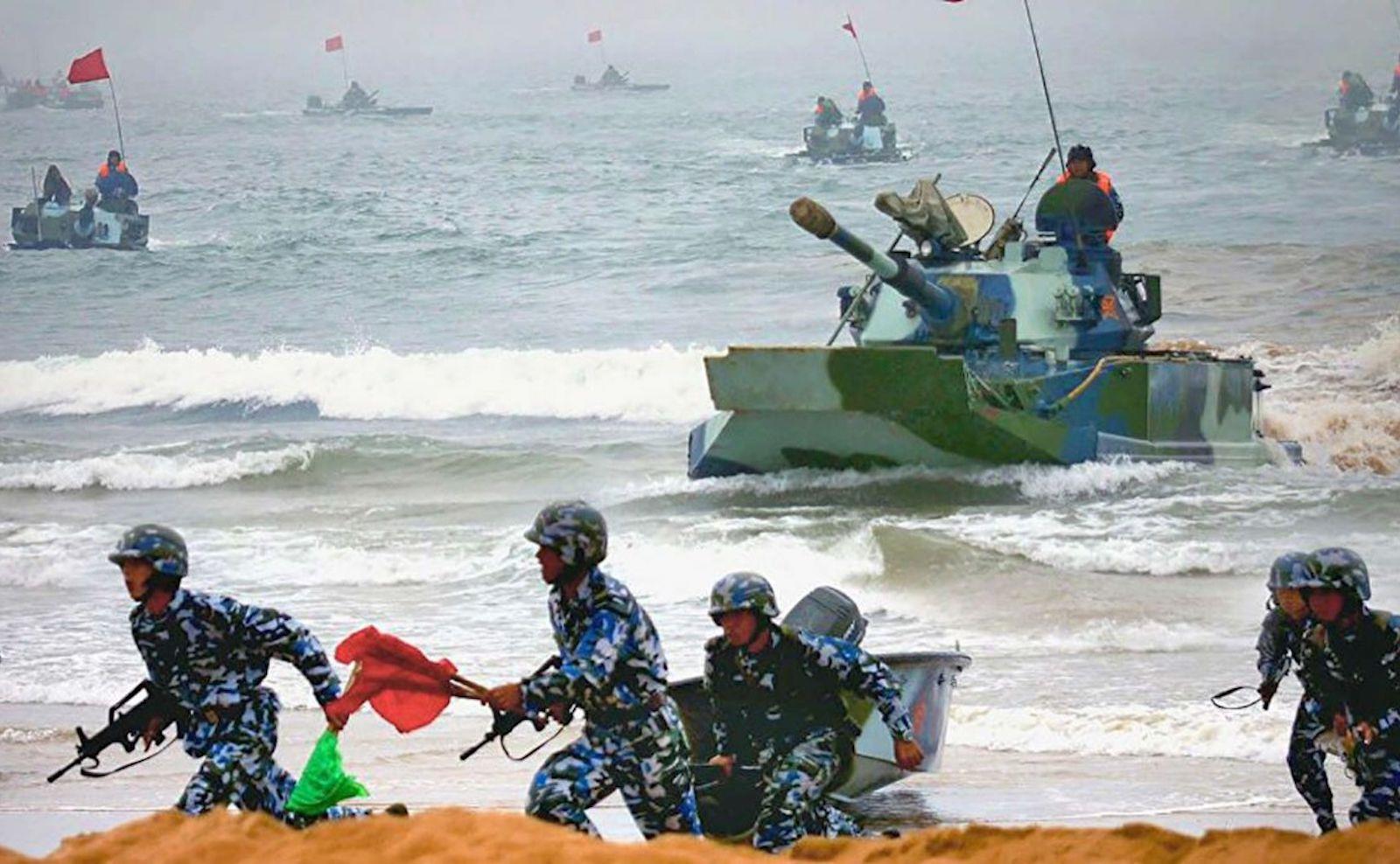
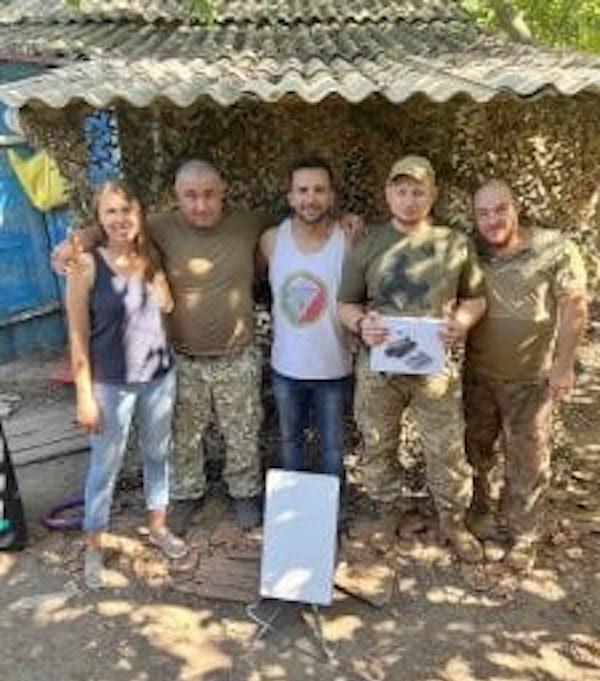
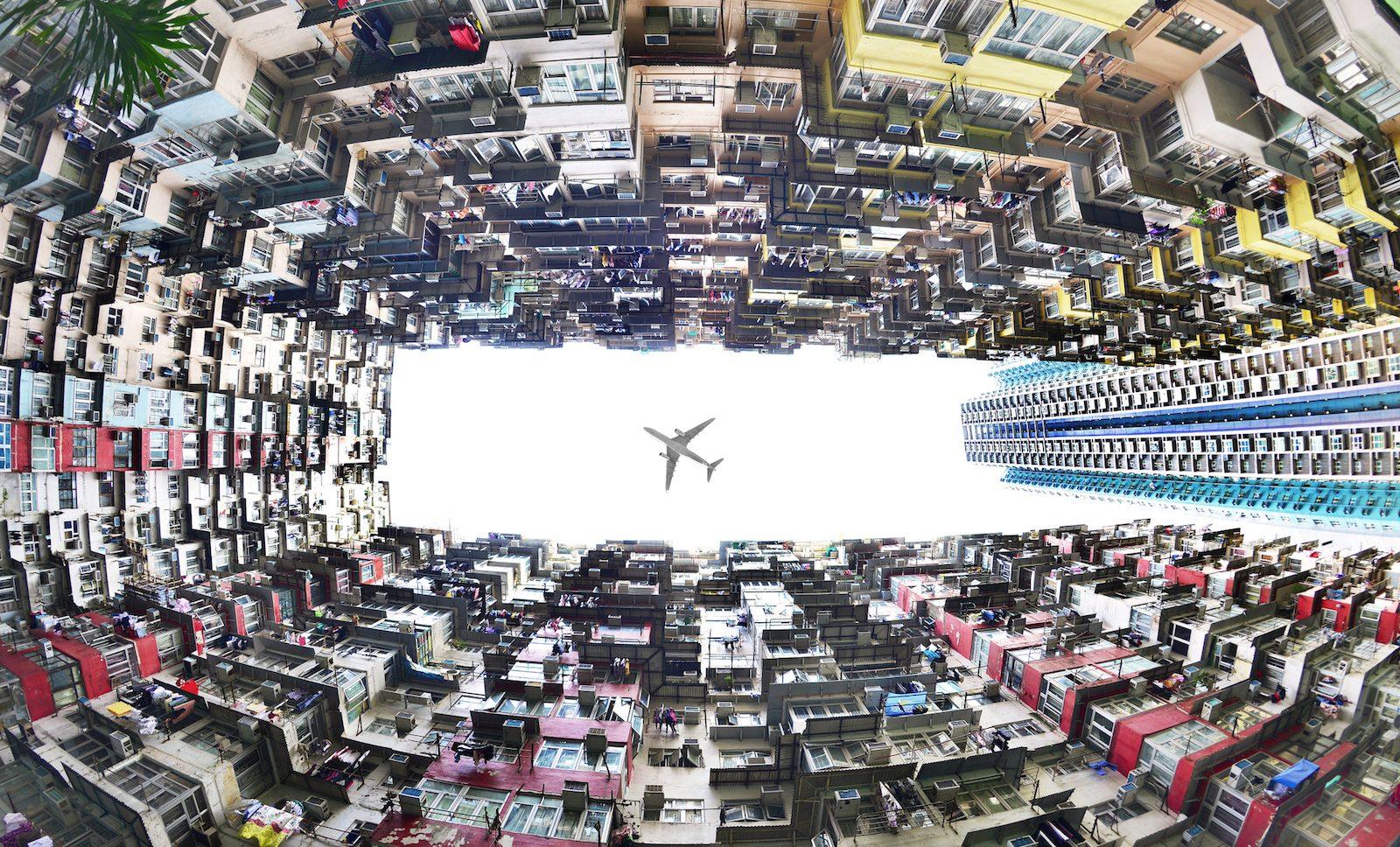


















Comments
No comment